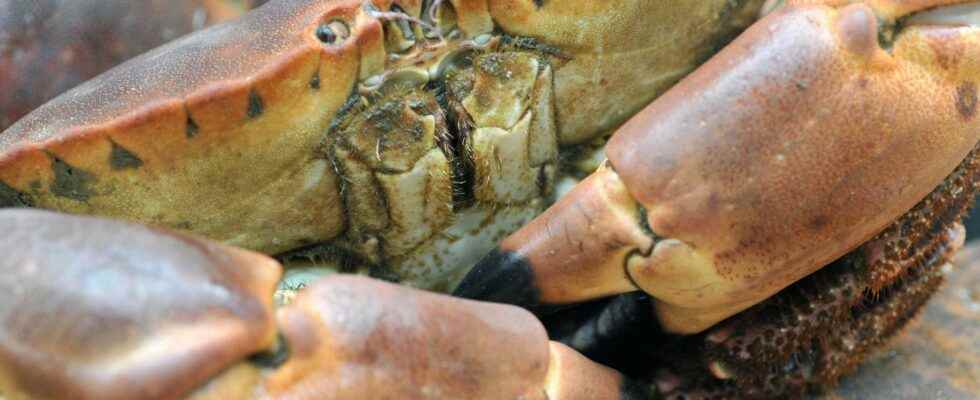You will also be interested
[EN VIDÉO] Batteries that recycle nuclear waste Researchers at the University of Bristol have developed a new technology that uses nuclear waste to generate electricity in an artificial diamond battery. When it is bombarded with beta particles resulting from the disintegration of the carbon 14 which constitutes it, it generates an electric current for several thousand years. A low current, but which could be very useful for certain applications. (in English) © University of Bristol
the nerve mobility is the battery. There are those of smartphones, connected watchesof the tablets, wireless accessories and those of electric cars. All these batteries have one thing in common, they are difficult to to recycle and components, such as lithium, are expensive. To address both ecological and cost concerns, researchers from the Center for Materials Innovation from the University of Maryland in the United States had the idea of using the shells of shellfishand in particular crabsto create a battery.
Why shellfish? Because the solid shielding of crab and other crustaceans consists of chitin. It is a biopolymer that is also found in the shell of some insects and even in the structure of mushrooms. It is he who comes to strengthen their exoskeleton. This transformed substance is also already used under the name of chitosan for many apps commercial. It is used, for example, in the form of diet pills. In reality, it doesn’t really work, but these pills would still have the advantage of being able to reduce the bad cholesterol. As for the batteries, it is by modifying the chitosan by immersing it in a aqueous solution ofacid acetic that scientists have transformed it into a freeze. It’s this particular gel, mixed with zinc which can serve as a battery electrolyte.
Biodegradable in five months
During their experiments, the researchers were able to observe that with this type of mixed electrolyte, the battery had an energy efficiency which was maintained at 99.7%, even after 1,000 discharge recharge cycles, i.e. a duration of use of 400 cumulative hours for this prototype. So much for performance.
Regarding the ecological aspect, they also noticed that the battery could biodegrade almost completely after five months. Only the zinc residues remained which could be recycled. The same type of experiment had already been tested with a pile made up of paper, as had already been reported Futura.
In this case, the cell had completely biodegraded within a month. But these batteries animated by crustaceans also have other assets. They do not overheat, ignite not and present no risk of explosion. Finally, and on condition that they are not made from lobster shell, their production cost is much lower than that of lithium ion batteries. As Liangbing Hu, the director of the Mylance University research center explains in his communicatedchitosan can be obtained simply from waste of seafood neglected on our table.
Interested in what you just read?
